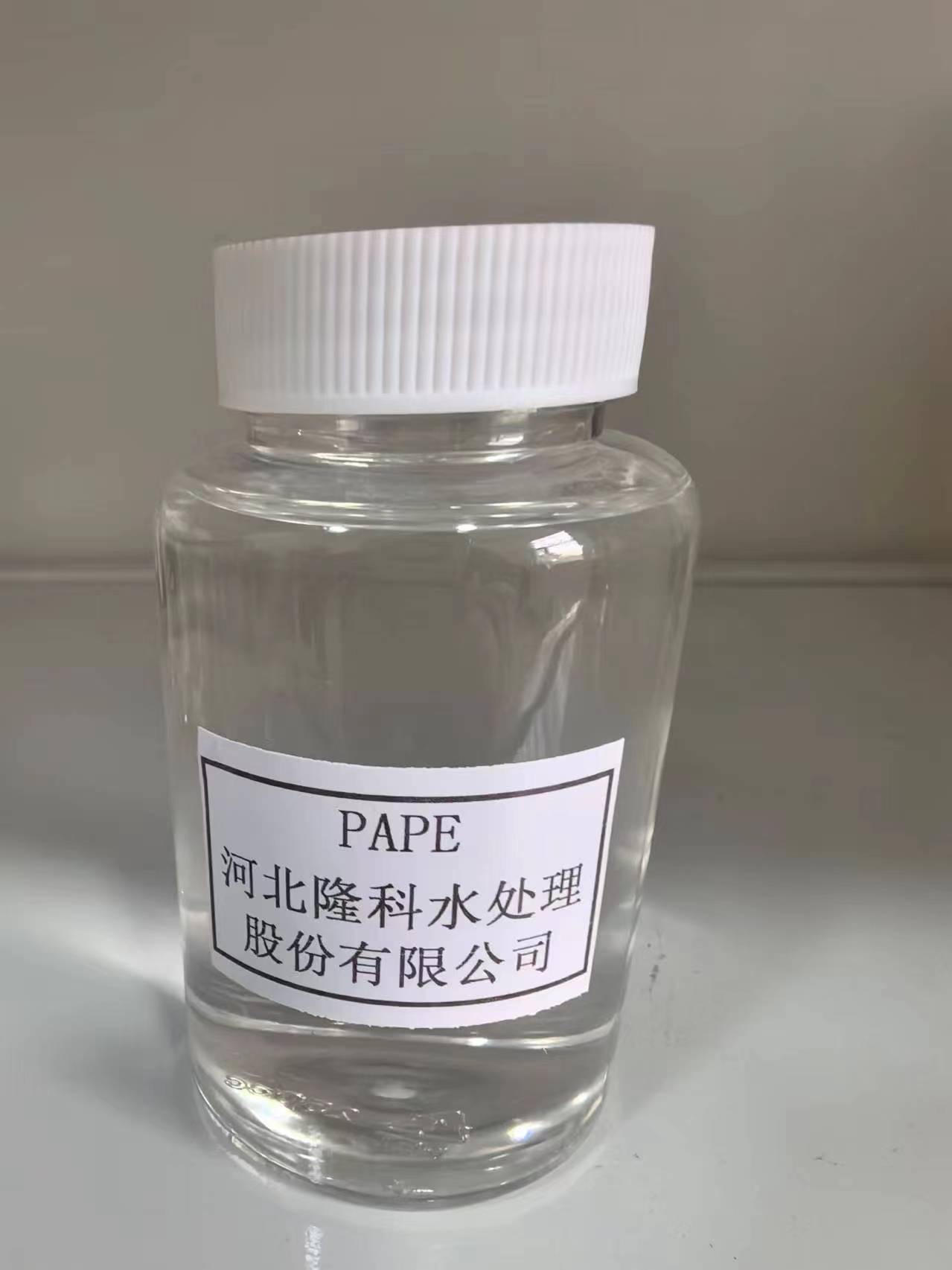Jul . 11, 2024 11:59
Back to list
Coagulant effectiveness of polyaluminum chloride in water treatment applications
Polyaluminum chloride (PAC) is a popular coagulant used in water treatment processes to remove impurities and contaminants. PAC is a versatile chemical that is used in a range of applications, from water purification to paper production. In this article, we will explore the benefits and applications of polyaluminum chloride coagulant.
One of the key benefits of PAC is its effectiveness in removing impurities from water. PAC binds with particles in the water, forming larger flocs that can be easily removed through filtration or settling. This process helps to reduce turbidity, color, and odor in the water, resulting in a cleaner and safer drinking water supply. Additionally, PAC is highly effective at removing a range of contaminants, including organic matter, heavy metals, and pathogens.
In addition to its water treatment applications, PAC is also used in the paper industry as a retention aid and pitch control agent. In paper production, PAC helps to improve the retention of fillers and additives in the pulp, resulting in higher quality paper products. Additionally, PAC can help to control the buildup of resinous materials (pitch) in the paper machine, reducing downtime and maintenance costs

polyaluminum chloride coagulant. Another key benefit of PAC is its high efficiency and cost-effectiveness. PAC is a highly concentrated coagulant that requires lower dosages compared to other traditional coagulants, such as aluminum sulfate or ferric chloride. This results in lower overall treatment costs and reduced chemical usage, making PAC an attractive option for water treatment plants and industrial applications. Furthermore, PAC is a versatile chemical that can be used in a range of water treatment processes, including coagulation, flocculation, and sedimentation. It is compatible with a variety of treatment technologies, such as conventional filtration, membrane filtration, and biological treatment systems. This versatility allows PAC to be tailored to specific water quality requirements and treatment objectives. In conclusion, polyaluminum chloride coagulant is a highly effective and versatile chemical that offers a range of benefits for water treatment processes. From removing impurities in drinking water to improving paper production, PAC plays a critical role in ensuring clean and safe water supplies for communities around the world. Its high efficiency, cost-effectiveness, and versatility make PAC a preferred choice for water treatment professionals looking to achieve optimal treatment results.

polyaluminum chloride coagulant. Another key benefit of PAC is its high efficiency and cost-effectiveness. PAC is a highly concentrated coagulant that requires lower dosages compared to other traditional coagulants, such as aluminum sulfate or ferric chloride. This results in lower overall treatment costs and reduced chemical usage, making PAC an attractive option for water treatment plants and industrial applications. Furthermore, PAC is a versatile chemical that can be used in a range of water treatment processes, including coagulation, flocculation, and sedimentation. It is compatible with a variety of treatment technologies, such as conventional filtration, membrane filtration, and biological treatment systems. This versatility allows PAC to be tailored to specific water quality requirements and treatment objectives. In conclusion, polyaluminum chloride coagulant is a highly effective and versatile chemical that offers a range of benefits for water treatment processes. From removing impurities in drinking water to improving paper production, PAC plays a critical role in ensuring clean and safe water supplies for communities around the world. Its high efficiency, cost-effectiveness, and versatility make PAC a preferred choice for water treatment professionals looking to achieve optimal treatment results.
Share
Latest news
-
Pbtc Scale InhibitorPBTC: A Scale Protector for Industrial Water TreatmentNewsAug.05,2025
-
Organic Phosphonate: An Efficient Defender in the Field of Scale InhibitionNewsAug.05,2025
-
Hydrolyzed Polymaleic Anhydride: Green Pioneer in Scale Inhibition FieldNewsAug.05,2025
-
PAPEMP Polyamino Polyether Methylene Phosphonic Acid For SaleNewsAug.05,2025
-
Flocculant Water Treatment: A Pioneer in Purification in the Field of Water TreatmentNewsAug.05,2025
-
Benzyl Isothiazolinone: An Efficient and Broad-Spectrum Antibacterial Protective GuardNewsAug.05,2025





